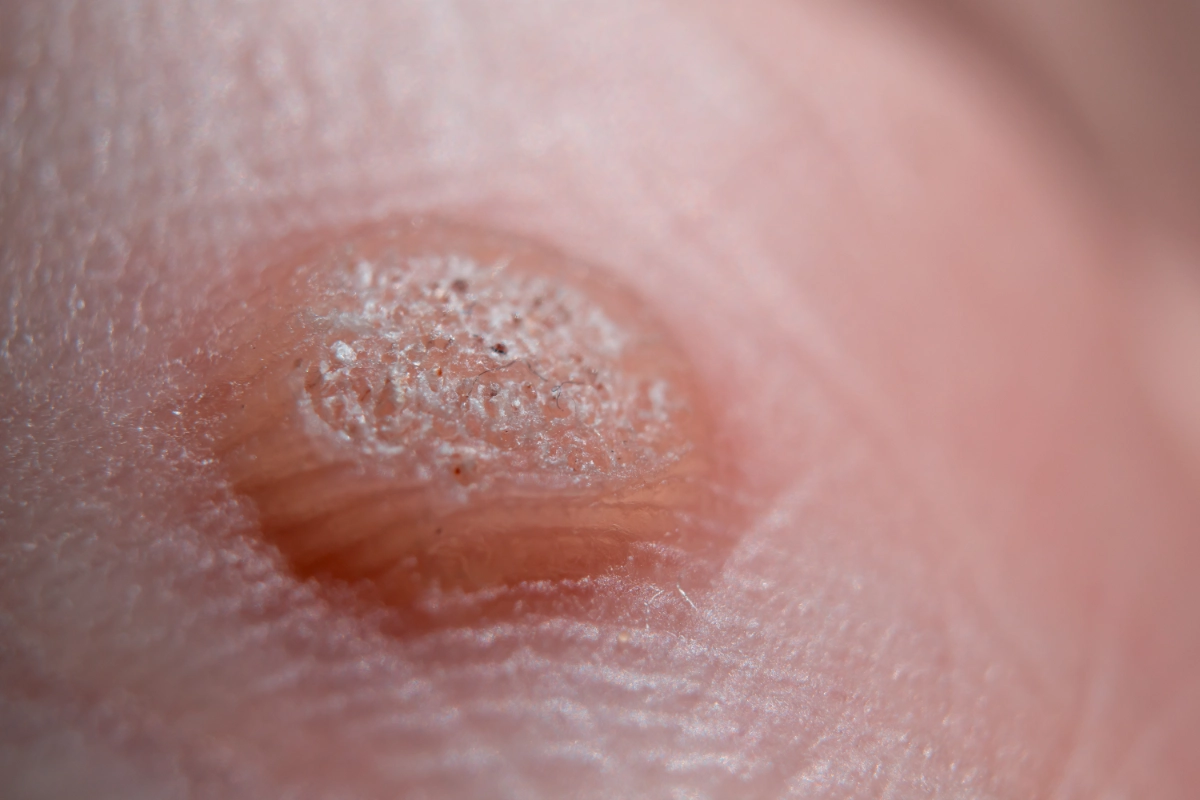
What Exactly Are Warts?
Warts are small, noncancerous skin growths caused by certain strains of the human papillomavirus (HPV). They can appear anywhere on the body but are most commonly found on the hands, feet, and face. While typically harmless, warts can be uncomfortable, embarrassing, or even painful—especially when located on pressure points like the soles of the feet.
Why Do Warts Happen?
Warts develop when HPV enters the skin through tiny cuts or abrasions. Once inside, the virus causes the skin’s top layer to grow rapidly, forming a wart. Warts are contagious and can spread through:
- Direct skin-to-skin contact
- Contact with contaminated surfaces (like public showers or gym floors)
- Self-spread from one part of the body to another
Not everyone exposed to HPV develops warts—your immune system plays a big role in whether the virus takes hold.
What Increases the Risk of Getting Warts?
Several factors can increase your risk:
- A weakened immune system
- Age (children and teens are more prone)
- Damaged or broken skin
- Walking barefoot in communal areas
- Close contact with someone who has warts
Understanding Different Types of Warts
Warts come in different shapes and sizes, depending on where they develop and which strain of HPV is involved:
- Common warts: Rough, raised bumps usually on the hands or fingers
- Plantar warts: Found on the soles of the feet; may be painful when walking
- Flat warts: Smaller, smoother, and often appear in clusters on the face or legs
- Filiform warts: Long and narrow, typically around the eyes or mouth
- Periungual warts: Grow around fingernails or toenails and can affect nail growth
Warts: More Than Just a Cosmetic Concern
While warts aren’t dangerous, they can cause discomfort—physically and emotionally. They may itch, hurt, or bleed, especially if irritated or located in sensitive areas. In some cases, they can multiply or resist over-the-counter treatments, requiring professional care.
How Do Warts Spread?
Because warts are caused by a virus, they can spread from:
- Person to person
- One part of your body to another
- Shared objects like towels, razors, or shoes
Avoid picking or scratching warts, as this increases the risk of spreading them.
The Good News: Warts Can Be Treated
Many warts go away on their own, but this can take months—or even years. Fortunately, there are several safe and effective treatments available to speed up the process:
- Cryotherapy (freezing the wart off)
- Prescription-strength topical treatments
- Laser therapy
- Minor surgical removal
- Immune-boosting therapies for resistant cases
You don’t have to wait for warts to go away on their own. If you’re dealing with stubborn, painful, or spreading warts, professional treatment can help you take control and get clear, healthy skin again. Reach out to our team today to explore your options.
